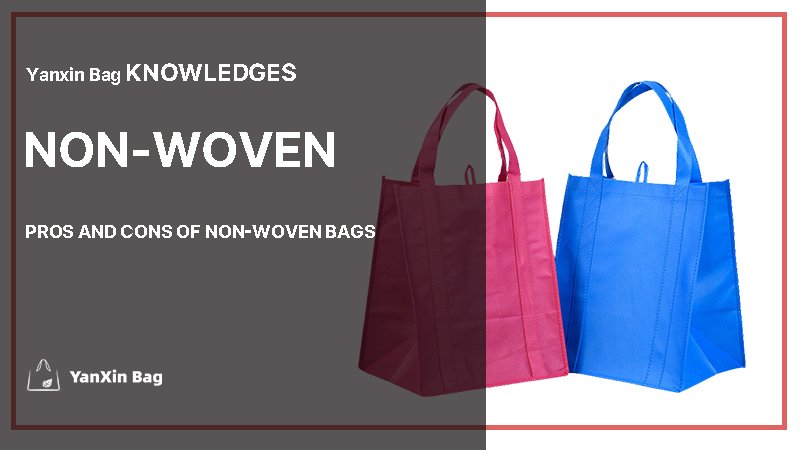
Non-woven bags have become more popular recently because both businesses and consumers are looking for better, eco-friendly options to replace traditional plastic bags.
What are the pros and cons of non-woven bags? Non-woven bags are durable, water-resistant, lightweight, dust and stain-resistant, washable, reusable, and highly customizable. They are cost-effective and environmentally friendly when reused and properly disposed of. However, they are non-biodegradable and face recycling challenges, making responsible disposal important to minimize environmental impact.
We’ve already touched on the main pros and cons of non-woven bags, but understanding each point in more detail will help you make a better decision. Keep reading to learn more about how these bags are eco-friendly, durable, and recyclable, while also considering their limitations.
A non-woven bag is eco-friendly and made from polypropylene (PP) fibers using the spun-bonded process. In this process, polypropylene granules are melted, stretched into fibers, and bonded with heat or other methods to form fabric. These bags are durable, lightweight, and commonly used as reusable shopping bags.

Non-woven bags were developed in the mid-20th century when non-woven fabric technology and synthetic fibers like polypropylene were first used in industry and healthcare. In the early 21st century, as environmental awareness grew and plastic bag bans were implemented, non-woven bags became popular for shopping and promotional use because they are lightweight, eco-friendly, and reusable.
Non-woven bags are known for their excellent strength and tear resistance. They can carry moderate to heavy loads without breaking, making them ideal for groceries, books, and everyday use. Their toughness also helps maintain the bag’s shape over time.
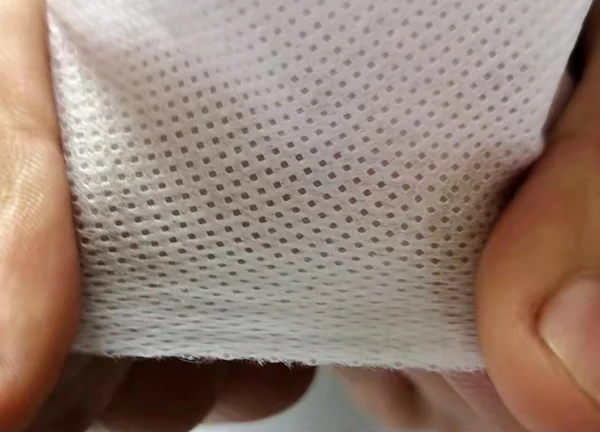
While not fully waterproof, non-woven fabric has natural water-repellent properties that provide basic protection against light rain or moisture. This makes the bags more reliable in wet weather or humid environments compared to paper alternatives.
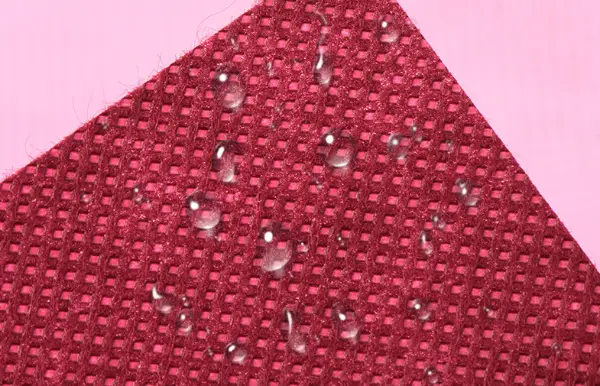
Non-woven bags feature a smooth, flat surface that allows for high-quality printing. Whether using screen printing, laminated full-color graphics, or heat transfer, designs come out clear and vibrant. They are an excellent medium for logo display and brand promotion.
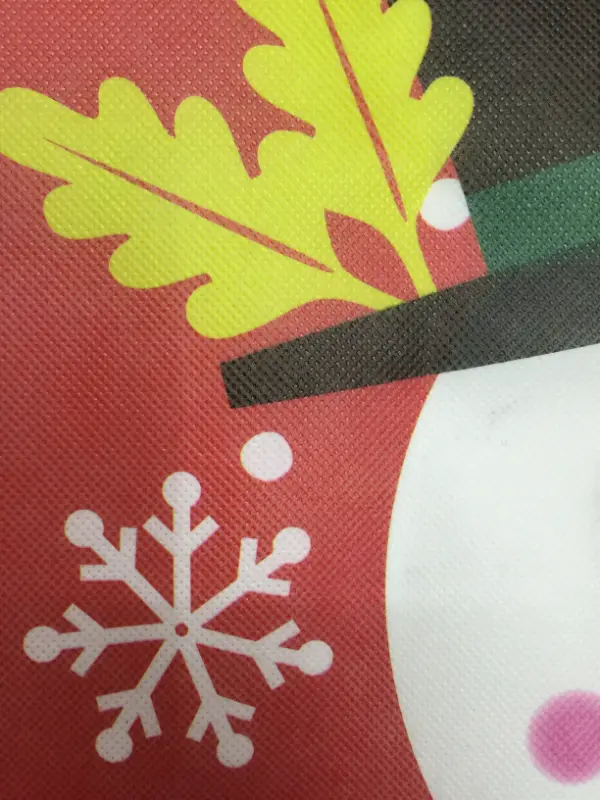
Despite being strong and durable, non-woven bags are very lightweight. Their minimal weight makes them easy to carry, while their foldable nature ensures they can be stored in compact spaces like car trunks, drawers, or handbags.
The surface of non-woven fabric is naturally resistant to dust and common stains. It helps keep the bag clean over long periods of use and requires less maintenance than cloth or paper materials.
TNon-woven bags are easy to clean—just wipe them down with a damp cloth. Even after repeated cleaning, they maintain their structure and appearance, making them ideal for daily reuse and long-term functionality.
Non-woven bags are highly customizable in size, thickness, color, and structure. Add-ons like zippers, buttons, gussets, and internal pockets can be tailored to fit different promotional, retail, or packaging needs.
Though made from synthetic PP fibers, their long lifespan and reusability significantly reduce the demand for disposable bags. When used and disposed of properly, they help minimize plastic waste and environmental impact.
Thanks to low material and manufacturing costs, non-woven bags are an affordable eco-friendly option. Their long usable life also means the cost per use is much lower than paper or cloth alternatives, offering excellent value for businesses.
Non-woven fabric naturally repels dust and oil, making it less prone to visible dirt even after extended use. A quick wipe is often enough to restore its clean appearance. This makes it especially suitable for brands and retail stores that value a neat, professional image.
The non-absorbent surface of non-woven fabric makes these bags easy to clean. A simple wipe is usually enough to remove dirt or stains, allowing the bags to stay presentable even after repeated use.
Non-woven bags are primarily made from polypropylene (PP), a plastic that is highly resistant to natural decomposition. In typical landfill or outdoor environments, these bags can take decades to break down. If disposed of improperly, they contribute to long-term environmental buildup and visual pollution.
Over time, exposure to sunlight, heat, and friction causes non-woven bags to fragment into microplastics. These tiny particles can be ingested by marine animals and enter the food chain, posing health risks to wildlife and potentially humans.
Although technically recyclable, non-woven bags require specialized sorting and processing equipment. Many recycling facilities are not equipped to handle them, especially if the bags are laminated or contaminated, resulting in them being incinerated or sent to landfills.
Even when successfully recycled, non-woven materials often have limited appeal in the marketplace. The quality of recycled fabric may not match that of virgin materials, and consumer perception of “recycled non-woven bags” is still underdeveloped, limiting commercial incentives.
Frequent use without proper cleaning can lead to the buildup of food residue, moisture, or grease inside the bag. This creates a breeding ground for bacteria and mold, especially when used for groceries or takeout. Without routine cleaning, cross-contamination becomes a health concern.
Despite being reusable, non-woven bags still rely on petrochemical sources for their raw material—polypropylene. The manufacturing process, which includes melting, extrusion, and thermal bonding, consumes energy and emits carbon, making their sustainability benefits conditional on repeated use.
While durable, non-woven bags tend to wear out faster than cotton or canvas bags. Thin materials may tear under heavy loads or show wear at corners and handles after extended use. Opting for thicker fabrics and reinforced stitching can significantly extend their usable life.
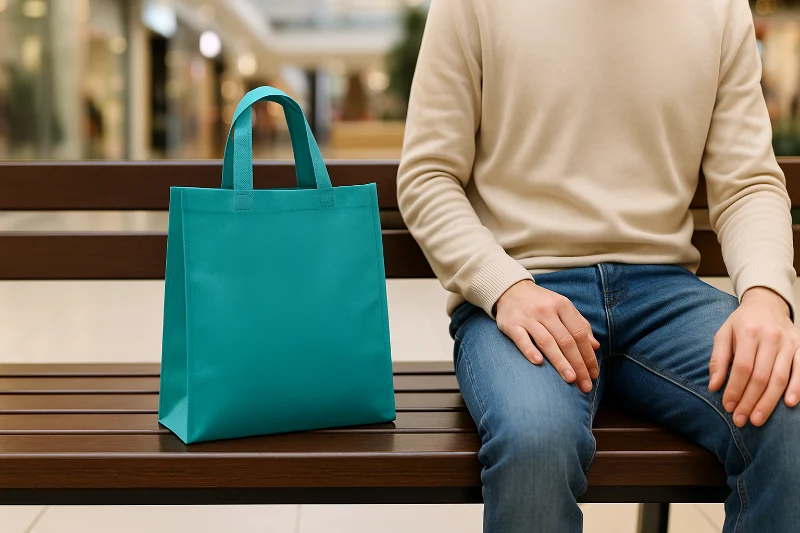
Shopping Bags: Non-woven bags are lightweight and durable, making them ideal for everyday shopping. They’re affordable and reusable, making them a popular choice for environmentally-conscious shoppers.
Promotional Bags: Non-woven bags are cheap and easy to customize, which is why they are often used for branding and giveaways, helping to increase brand visibility.
Tea Bags and Charcoal Bags: Thanks to their breathability, non-woven bags are used for packaging items like tea leaves and charcoal, helping to keep them fresh and dry.
Item Dividers: Non-woven bags are great for separating items like underwear and shoes, especially when traveling, keeping things organized and preventing contamination.
Exhibition Bags: Non-woven bags are strong and lightweight, perfect for carrying promotional materials and gifts at events and exhibitions.
Custom Event Bags: Non-woven bags are easy to customize, making them great for events, conferences, and brand promotions.
Storage Bags: Non-woven bags are perfect for storing clothes, toys, books, shoes, and undergarments. Their breathability helps prevent moisture and mildew.
This is the most widely used type, made using the spunbond process for a stable structure and low production cost. It’s ideal for groceries, books, and daily shopping needs. Many brands choose this style as an entry-level eco-friendly solution thanks to its cost-effectiveness and high utility.
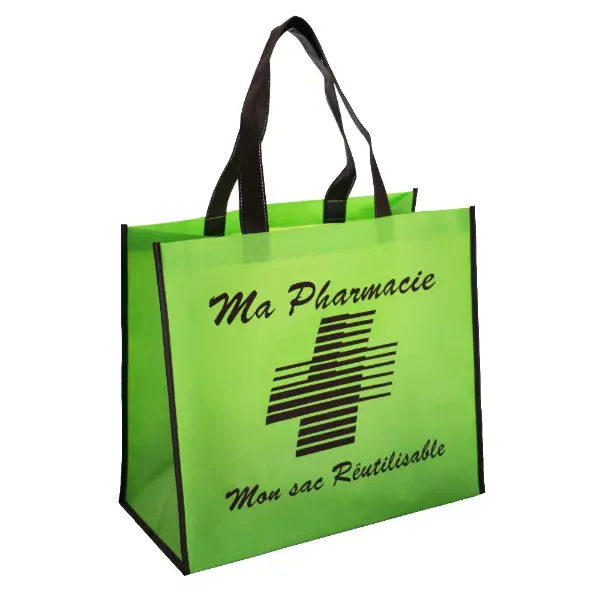

Featuring a simple top closure with drawstrings, this style is perfect for carrying lightweight items such as gifts, shoes, or promotional materials. It’s a common choice for school events, sports giveaways, or travel kits, offering easy portability with a casual look.
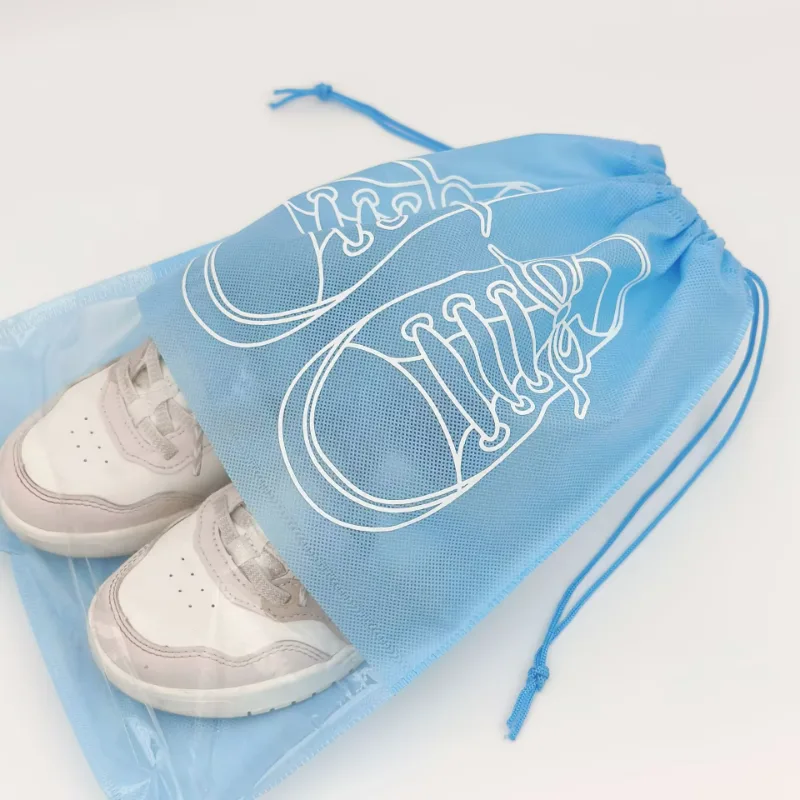

Designed with double shoulder straps, non-woven backpacks free up your hands and offer greater load capacity compared to standard drawstring bags. They’re ideal for students, trade show attendees, and sports participants. With customizable features such as reinforced straps and thicker materials, this practical yet cost-effective structure is commonly used for school giveaways, marathons, and corporate team-building events.
Designed for convenience, these bags can be folded into a compact size when not in use, making them easy to store or carry around. They’re ideal for daily errands, female shoppers, or business travelers. Variants include zipper folds, snap-button folds, and self-pouch folds.

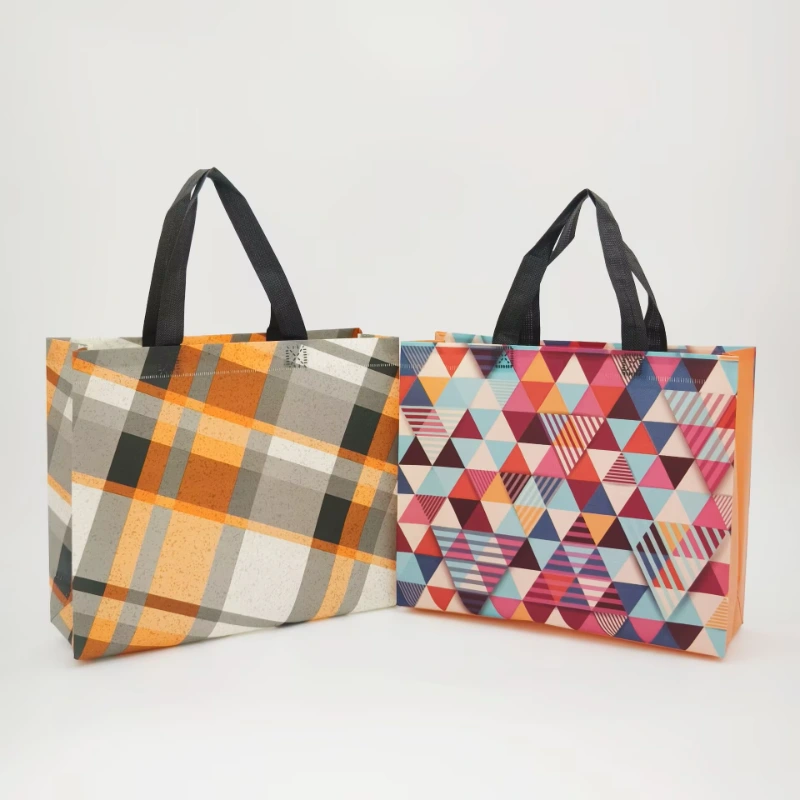
Instead of traditional stitching, these bags are sealed using ultrasonic technology, making production faster and more cost-efficient. They are lightweight yet durable, suitable for high-volume needs such as supermarket shopping, takeaway packaging, or promotional giveaways.
Non-woven bags come in various types and offer many benefits, making them the top choice for eco-friendly shopping and promotional use. Despite their challenges, such as being non-biodegradable, proper reuse and recycling can significantly reduce their environmental impact. They are also an economical option for businesses promoting their brand. By choosing non-woven bags, you are not only adopting an eco-friendly lifestyle but also supporting a sustainable future. Understanding their pros and cons will help you make an informed choice and contribute to a greener world.
If you’re looking for a professional non woven bag manufacturer or want to create custom eco-friendly bags that match your brand, Yanxin Bag offers a complete one-stop solution. From bag structure and materials to logo printing and packaging customization, we’re here to help you create non-woven bags that perfectly fit your needs.
Contact Yanxin Bag today to get free design advice and samples—start building your high-quality, custom non woven packaging solution now!
Want to compare nonwoven with other eco materials?
This article offers a practical breakdown between nonwoven bags and paper bags—contrasting durability, cost, water resistance, and environmental impact—to help you pick the better fit for your brand.
Wondering how nonwoven bags hold up against plastic?
From reusability to degradation and brand exposure, this piece compares nonwoven bags and traditional plastic bags across five real-world factors to guide your sustainability choices.
Looking for tips to maintain hygiene and longevity?
Explore easy and effective cleaning methods to extend the lifespan of your non-woven bags and prevent bacterial buildup—an essential read if you use them frequently.
Confused about which printing style suits your logo?
This guide introduces five essential printing methods for nonwoven bags—explaining cost, durability, and visual results—so you can brand with confidence.
Get a free quote and expert consultation today. Let's bring your brand vision to life.
1 Learn about durable polypropylene to discover its applications and advantages in various products.
2 Learn about the impact of moisture buildup on packaging to ensure the longevity and quality of your products.
3 Explore this link to discover innovative strategies that can enhance your event promotions and attract more attendees.
4 Explore this link to understand how laminated surfaces enhance packaging quality and visual appeal.
Answer: A non-woven bag is eco-friendly and made from polypropylene (PP) fibers using the spun-bonded process. In this process, polypropylene granules are melted, stretched into fibers, and bonded with heat or other methods to form fabric.
Answer: Non-woven bags are primarily made from polypropylene (PP), a durable and recyclable plastic known for its strength and versatility.
Answer: Non-woven bags are not biodegradable. They do not naturally break down in the environment and must be recycled properly to avoid pollution.
Answer: Yes, non-woven bags are recyclable, although the process is more complex than for standard plastic. Proper sorting and collection are important for successful recycling.
Answer: If not disposed of correctly, non-woven bags can contribute to plastic pollution. However, when reused and recycled properly, they are a more sustainable option than single-use plastic bags.
Answer: Non-woven bags are more durable, breathable, and reusable, whereas plastic bags are typically thin, single-use, and not environmentally friendly.
Answer: Non-woven bags are generally not banned. However, some regions restrict certain types of plastic bags. Reusable non-woven bags are often encouraged as an eco-friendly alternative.
Answer: Non-woven bags are reusable, durable, water-resistant, breathable, and lightweight. They are ideal for shopping, storage, and brand promotion.
Answer: Non-woven bags can be reused for groceries, travel, storage, gym gear, or as gift bags. Their durability makes them suitable for long-term daily use.
Answer: Yes, if made with thick material and reinforced stitching, non-woven bags can support heavier items. Always check weight capacity before use.
Answer: Spot clean with a damp cloth for light dirt. Avoid washing printed areas with water. Air dry naturally and avoid direct sunlight or dryers.
Answer: Non-woven bags can be printed using screen printing, heat transfer, or digital printing. These methods allow for clear and customized branding.

Order or no-order we are Always here to help you!
We will contact you within 1 working day, please pay attention to the email with the suffix “@yanxinbag.com”.
Order or no-order we are Always here to help you!
We will contact you within 1 working day, please pay attention to the email with the suffix “@yanxinbag.com”.